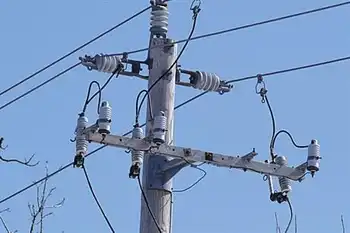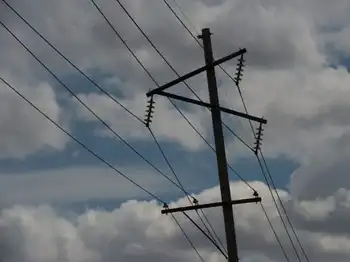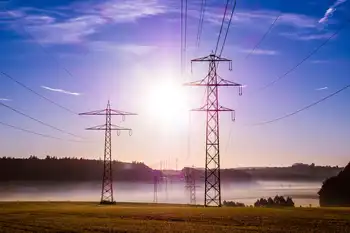Heavy rain boosts hydro output
GEORGIA - After years of intermittent drought, 2010 is shaping up as a banner year for hydropower generation at Thurmond Dam.
"In terms of flow, we're running five times as much, roughly, over this time last year," said Water Control Manager Stan Simpson, of the Army Corps of Engineers' Savannah District.
Heavy winter rains and cold temperatures that slow evaporation have kept plenty of flow in the river since December — and more water means more electricity.
So far this year, even with several turbines shut down briefly for maintenance, Thurmond has generated 249,188 megawatts — compared with 44,089 megawatts during the same period of 2009. Average releases into the Savannah River during the first months of 2009 were barely over 3,000 cubic feet per second. This year, releases have averaged more than 16,000 cubic feet per second and have peaked at much higher levels, Simpson said.
"We've been trying to keep releases in the 25,000 range or less," he said. "If we go higher than that, we start flooding some areas."
Electricity from Thurmond and 21 other corps dams is marketed by the Southeastern Power Administration, an arm of the U.S. Energy Department.
Although more water, and more electricity, won't affect the contracted rates charged to the 491 electric cooperatives and municipalities who buy the power, it could save customers money in other ways, said Douglas Spencer, an engineer at SEPA's Elberton, Ga., headquarters.
"When we're in a drought, and there isn't enough water to make enough electricity, we purchase market energy at a higher cost," he said, and those higher costs are passed along to the customers.
In 2009, for example, the agency spent $17 million purchasing alternate power because of low water conditions. If adequate rainfall and water flow persist throughout 2010, such costs might be reduced or avoided.
"It depends on the weather, and of course we don't do weather predictions," he said. "What the experts are telling us is to expect an average year. We know we've had some record wet months, but they're not ready yet to say the whole year will be wet."
Related News

What Will Drive Utility Revenue When Electricity Is Free?
WASHINGTON - The latest electric utility customer satisfaction survey results from the American Customer Satisfaction Index (ACSI) Energy Utilities report reveal that nearly every investor-owned utility saw customer satisfaction go down from 2018 to 2019. Residential customers are sending a clear message in the report: They want more transparency and control over energy usage, billing and ways to reduce costs.
With both customer satisfaction and utility revenues on the decline, utilities are facing daunting challenges to their traditional business models. That said, it is the utilities that see these changing times as an opportunity to evolve that will become the energy…




